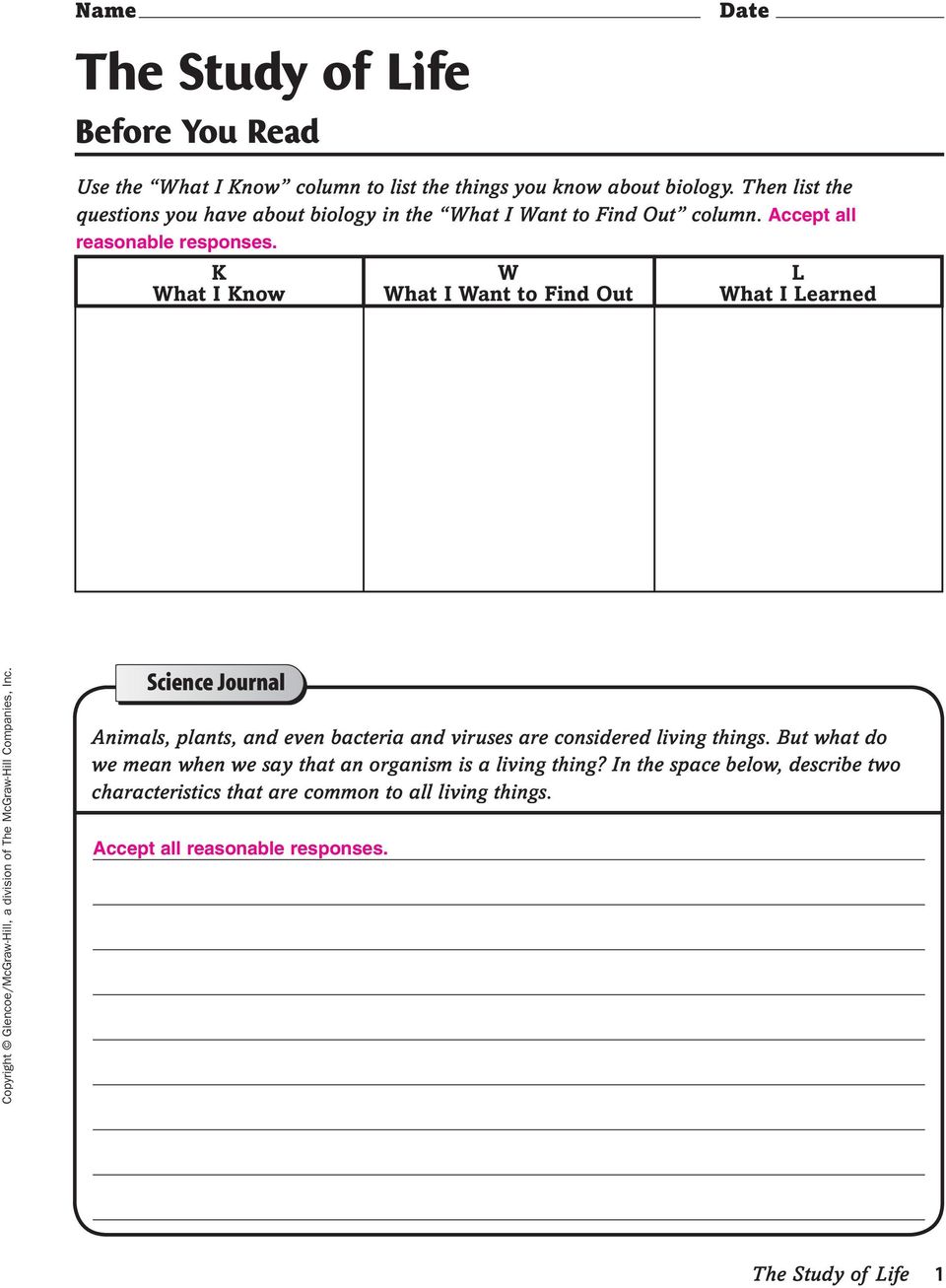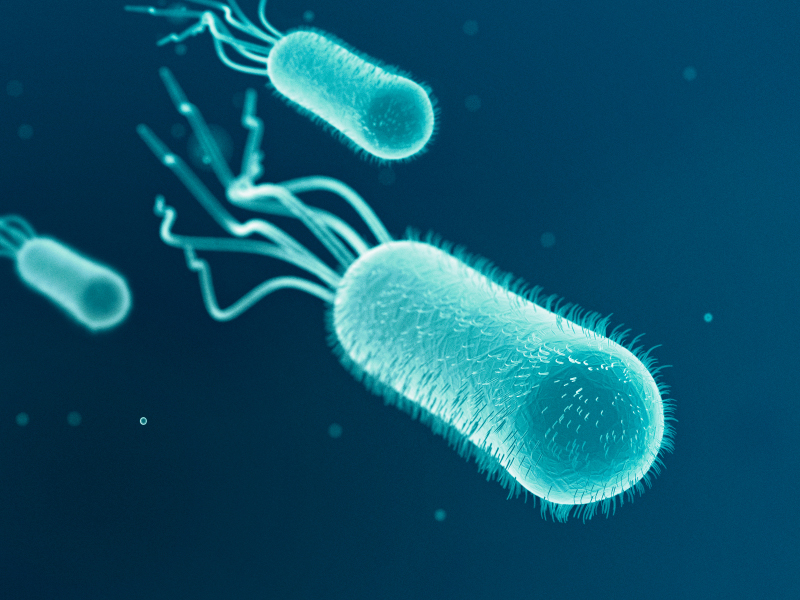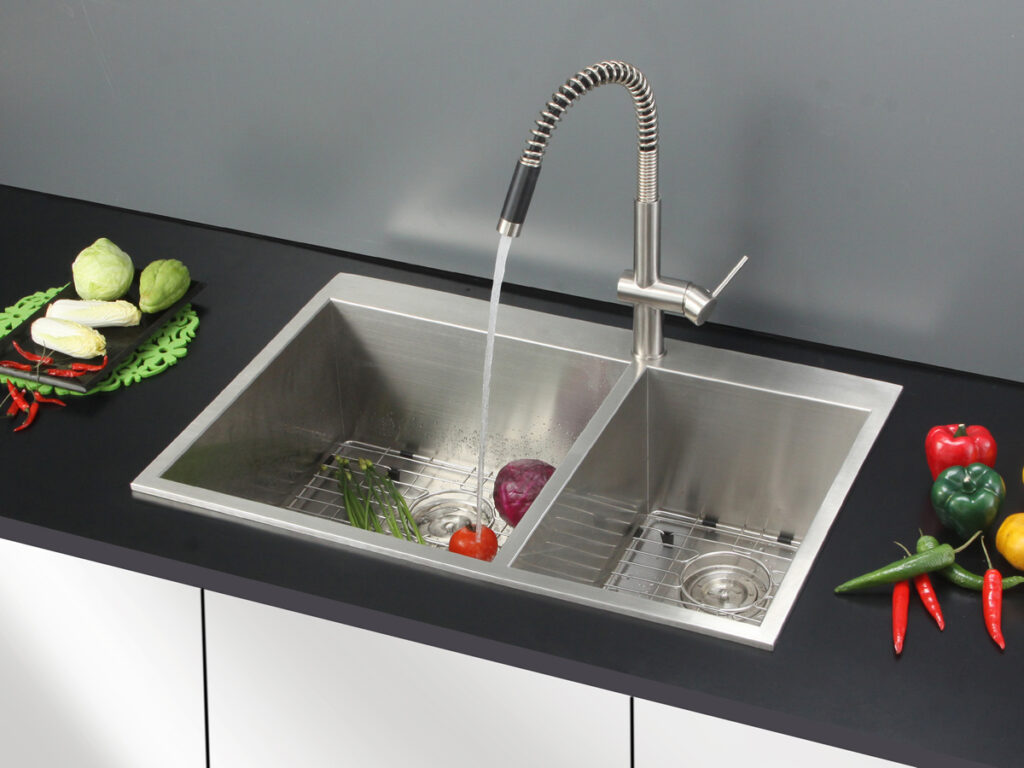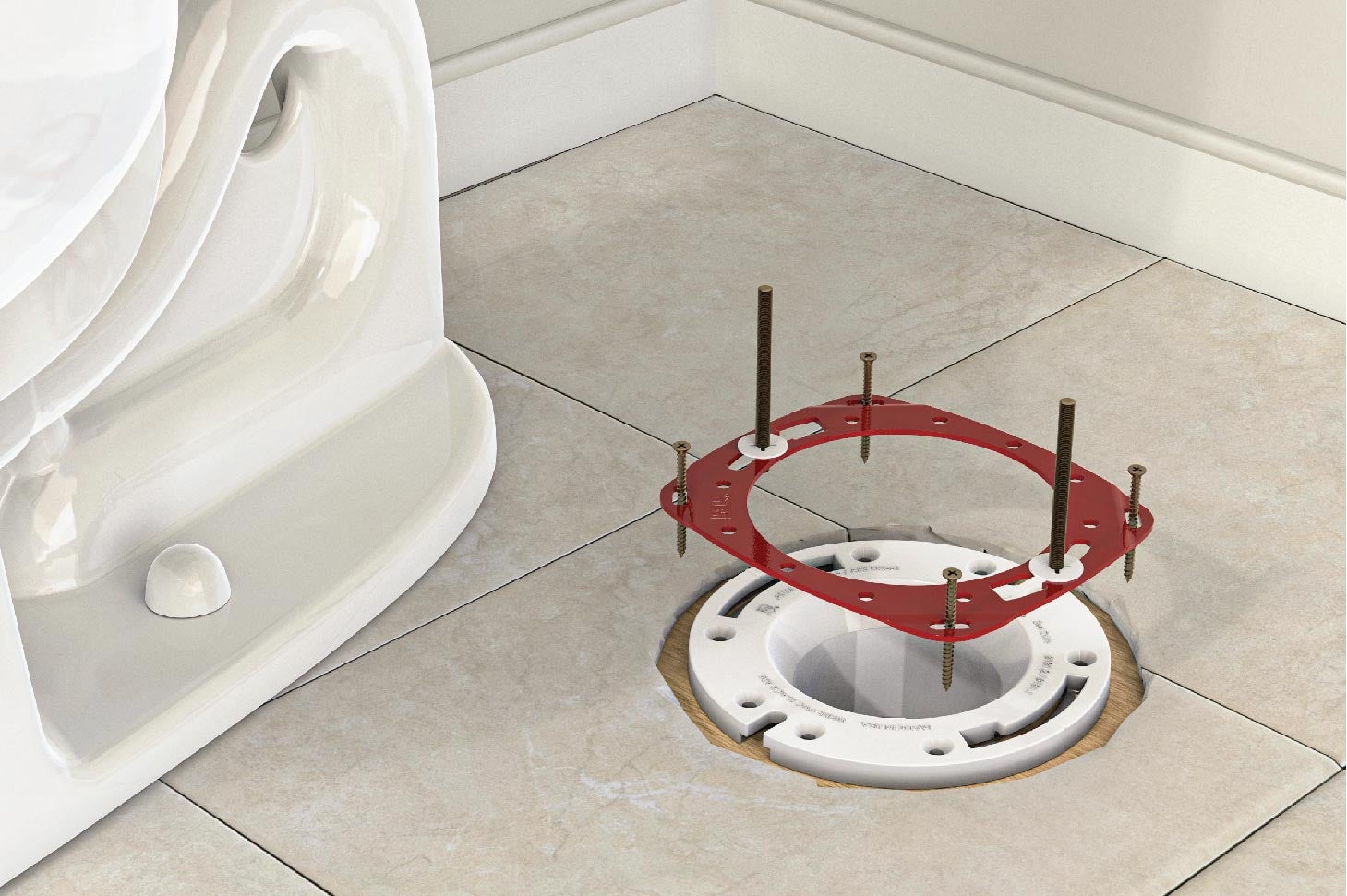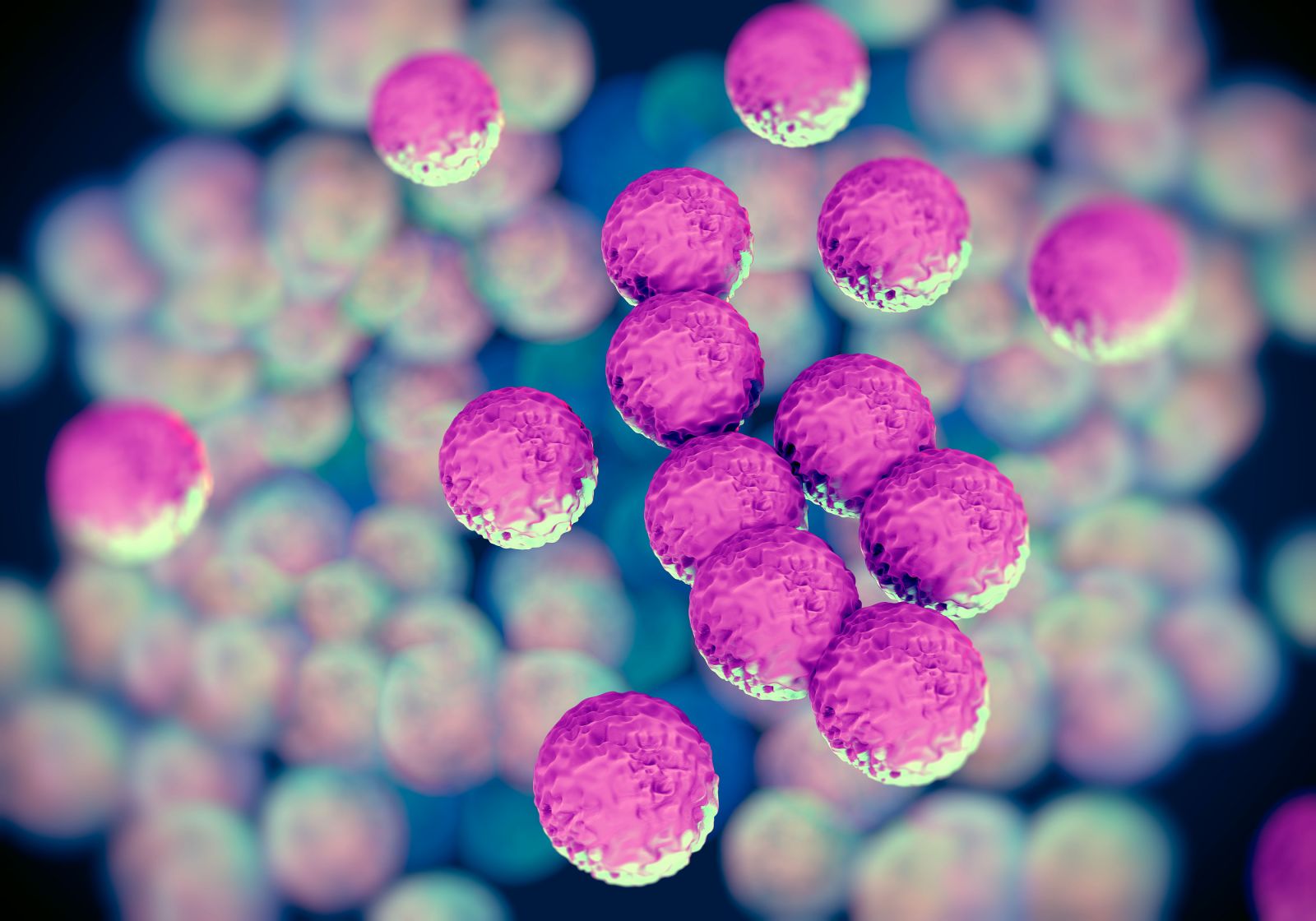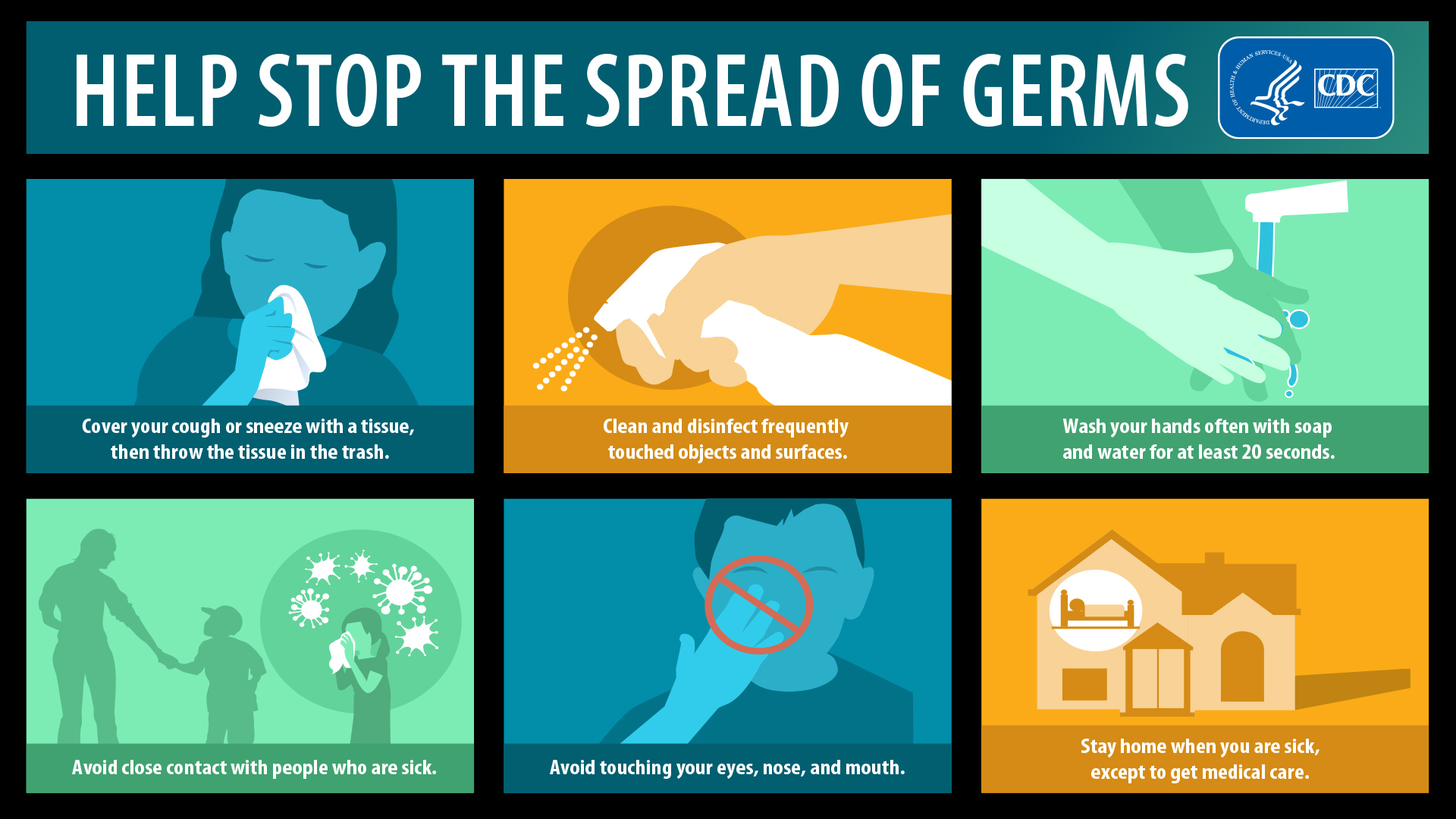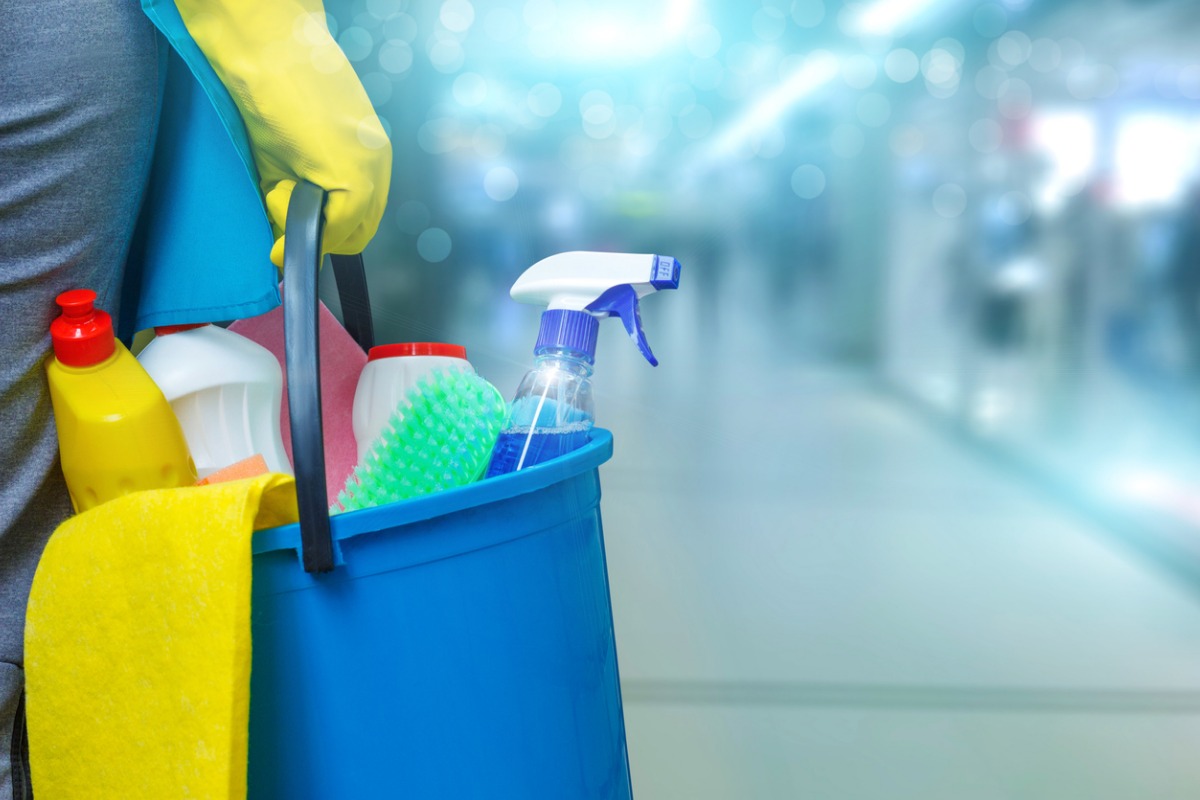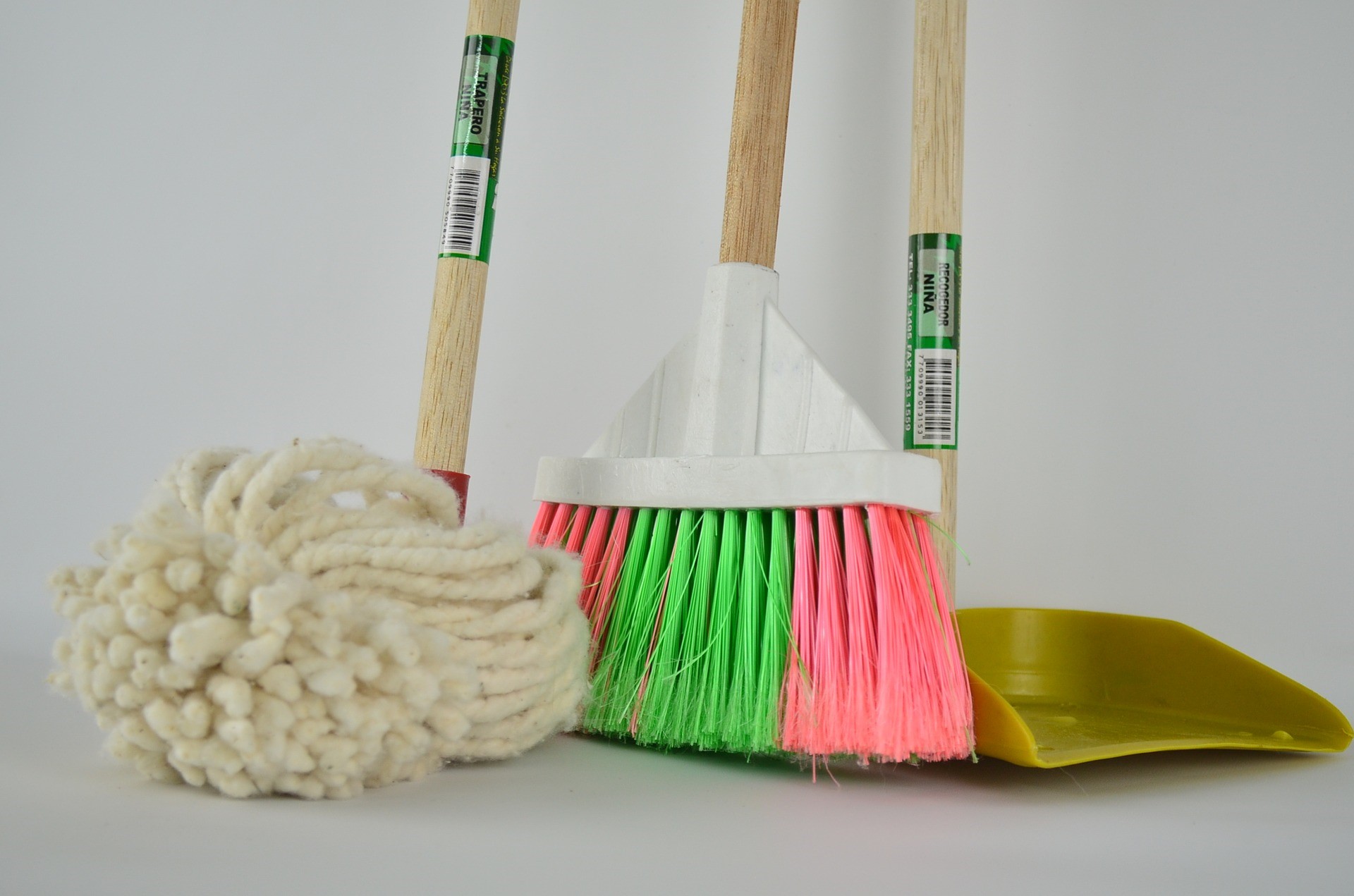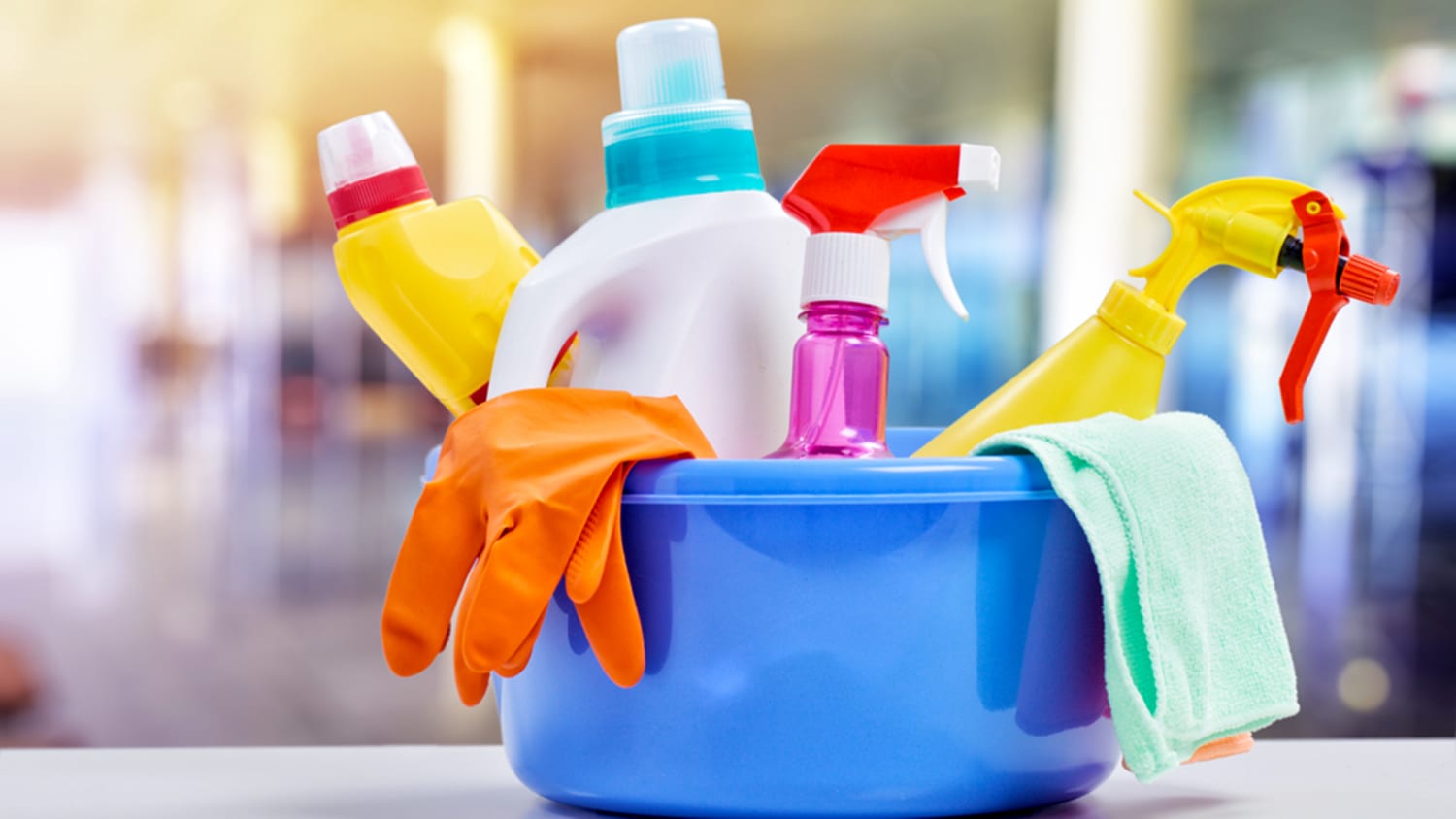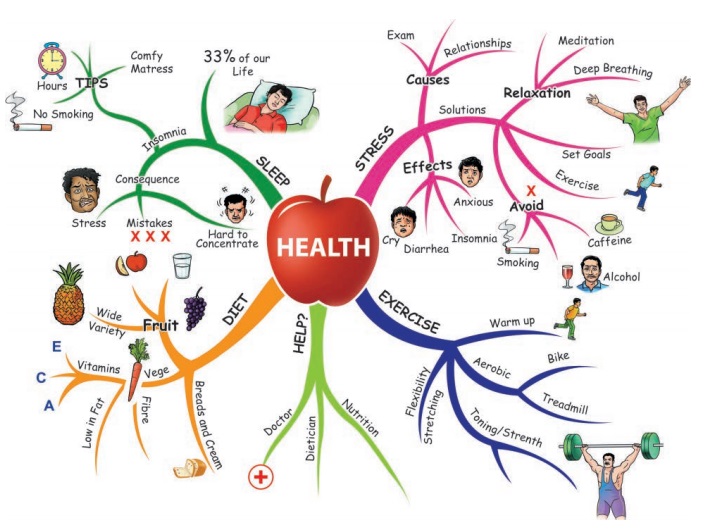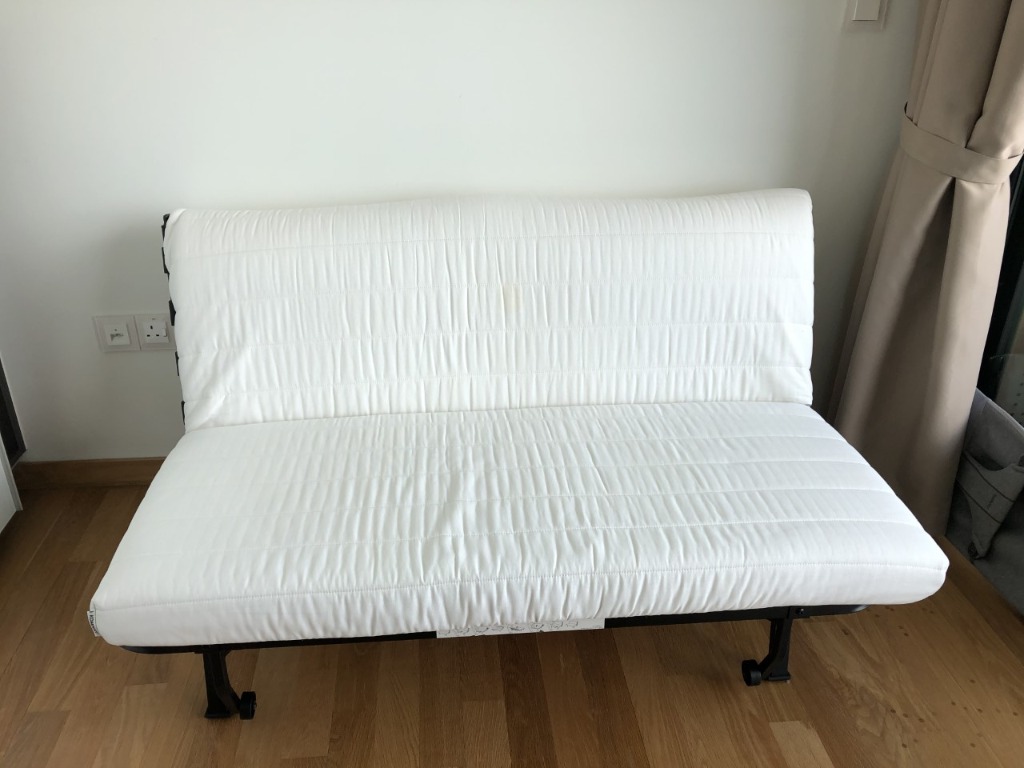1. Bacteria: The Invisible Culprits Lurking in Your Kitchen Sink and Toilet
Did you know that there are more bacteria living in your kitchen sink than in your toilet? Yes, you read that right. The very place where you clean your dishes and vegetables could be dirtier than your toilet bowl. But how is this possible? Let's dive in and uncover the truth about bacteria and its presence in these two household essentials.
2. Kitchen Sink: A Breeding Ground for Germs
Your kitchen sink is used for a variety of tasks such as washing dishes, food preparation, and even hand-washing. This makes it a prime spot for bacteria to thrive. Food particles, grease, and moisture left in the sink create the perfect environment for bacteria to grow and multiply. In fact, studies have shown that the kitchen sink contains more bacteria than any other place in the house.
3. Toilet: The Obvious Choice for Germs?
When we think of germs and bacteria, the first place that comes to mind is the toilet. And for good reason - it's where we do our business after all. But surprisingly, the toilet may not be the most bacteria-infested area in your house. While it does contain harmful bacteria, the flushing action and regular cleaning help to keep them at bay.
4. Germs: The Common Culprit in Both the Sink and Toilet
The main culprit in both the kitchen sink and toilet is bacteria. Bacteria are single-celled microorganisms that can be found everywhere, including our bodies. While not all bacteria are harmful, some can cause illnesses and infections. The most common types of bacteria found in these areas are E. coli, salmonella, and staphylococcus.
5. Cleaning: The Key to Keeping Bacteria at Bay
The good news is, with proper cleaning and maintenance, you can significantly reduce the amount of bacteria in your kitchen sink and toilet. Regularly cleaning and disinfecting these areas with a mild cleaner or vinegar can help to eliminate harmful bacteria. It's also essential to clean up any spills or food particles immediately to prevent bacteria from growing.
6. Hygiene: Why It's Important to Practice Good Hygiene in the Kitchen and Bathroom
Practicing good hygiene is crucial in keeping harmful bacteria away. This includes washing your hands before and after handling food, using separate cutting boards for raw meat and vegetables, and regularly disinfecting surfaces. In the bathroom, it's important to wash your hands after using the toilet and to always flush with the lid down to prevent bacteria from spreading.
7. Comparison: How Do the Levels of Bacteria Differ in the Sink and Toilet?
While both the kitchen sink and toilet contain bacteria, the levels and types of bacteria may differ. The kitchen sink may have a higher amount of bacteria due to its constant use and exposure to food particles. On the other hand, the toilet may have a lower amount of bacteria due to regular cleaning and the flushing action. However, it's essential to remember that both areas can still contain harmful bacteria and should be cleaned regularly.
8. Contamination: The Dangers of Cross-Contamination from the Sink to the Toilet
Cross-contamination occurs when harmful bacteria are transferred from one surface to another. This can happen when using the same cloth or sponge to clean both the sink and toilet, or when not washing your hands after handling raw meat before using the sink or toilet. This can lead to the spread of harmful bacteria and increase the risk of illnesses.
9. Sanitation: How to Keep Your Kitchen and Bathroom Clean and Sanitized
Keeping your kitchen and bathroom clean and sanitized is crucial in preventing the spread of harmful bacteria. Use separate cleaning tools for the sink and toilet, and always wash your hands before and after cleaning. It's also a good idea to regularly deep clean these areas to ensure all bacteria are eliminated.
10. Household: Other Areas in Your House That May Be Harboring Bacteria
While the kitchen sink and toilet may be the top two areas for bacteria, there are other areas in your house that may also be harboring harmful bacteria. These include doorknobs, light switches, and remote controls. It's important to regularly clean and disinfect these areas, especially if someone in the household is sick.
In conclusion, while the thought of having more bacteria in your kitchen sink than in your toilet may be unsettling, it's important to remember that with proper cleaning and hygiene practices, you can keep harmful bacteria at bay. So, always remember to clean, disinfect, and practice good hygiene to keep your household healthy and safe.
The Importance of Maintaining a Clean Kitchen Sink

Why the Kitchen Sink is Often Neglected
 When it comes to cleaning our homes, most of us prioritize areas like the bathroom and kitchen countertops. However, one area that is often overlooked is the kitchen sink. While we may use it every day to wash dishes and prepare food, we rarely think about the cleanliness of our sink. In fact, many studies have shown that
the average kitchen sink is dirtier than a toilet.
This may come as a shock, but it's important to understand the reasons behind this and the potential consequences of neglecting our sink's cleanliness.
When it comes to cleaning our homes, most of us prioritize areas like the bathroom and kitchen countertops. However, one area that is often overlooked is the kitchen sink. While we may use it every day to wash dishes and prepare food, we rarely think about the cleanliness of our sink. In fact, many studies have shown that
the average kitchen sink is dirtier than a toilet.
This may come as a shock, but it's important to understand the reasons behind this and the potential consequences of neglecting our sink's cleanliness.
The Surprising Truth about Kitchen Sinks
 You may be wondering how it's possible for a kitchen sink to be dirtier than a toilet. After all, we often associate toilets with germs and bacteria. However, the truth is that
kitchen sinks can harbor even more harmful bacteria.
This is because our sinks are constantly exposed to food particles, moisture, and other organic materials that provide the perfect breeding ground for bacteria. Plus, we often forget to clean our sinks after each use, allowing these bacteria to grow and spread.
You may be wondering how it's possible for a kitchen sink to be dirtier than a toilet. After all, we often associate toilets with germs and bacteria. However, the truth is that
kitchen sinks can harbor even more harmful bacteria.
This is because our sinks are constantly exposed to food particles, moisture, and other organic materials that provide the perfect breeding ground for bacteria. Plus, we often forget to clean our sinks after each use, allowing these bacteria to grow and spread.
The Health Hazards of a Dirty Sink
 The thought of a dirty kitchen sink may make your stomach turn, but it's important to understand the potential health hazards that come with it.
Bacteria like E. coli, salmonella, and staphylococcus can easily thrive in a neglected sink.
This can lead to food poisoning, respiratory infections, and other illnesses. Plus, the moisture in the sink can also attract pests like flies and cockroaches, which can further spread germs and bacteria.
The thought of a dirty kitchen sink may make your stomach turn, but it's important to understand the potential health hazards that come with it.
Bacteria like E. coli, salmonella, and staphylococcus can easily thrive in a neglected sink.
This can lead to food poisoning, respiratory infections, and other illnesses. Plus, the moisture in the sink can also attract pests like flies and cockroaches, which can further spread germs and bacteria.
Maintaining a Clean and Sanitary Kitchen Sink
 Now that we understand the potential dangers of a dirty kitchen sink, it's important to prioritize its cleanliness. The good news is that keeping your sink clean doesn't have to be a difficult or time-consuming task.
Simply wash your sink with hot, soapy water after each use and disinfect it with a bleach solution at least once a week.
Avoid leaving dirty dishes or food scraps in the sink, and regularly replace your sponge or dishcloth to prevent the spread of bacteria.
Now that we understand the potential dangers of a dirty kitchen sink, it's important to prioritize its cleanliness. The good news is that keeping your sink clean doesn't have to be a difficult or time-consuming task.
Simply wash your sink with hot, soapy water after each use and disinfect it with a bleach solution at least once a week.
Avoid leaving dirty dishes or food scraps in the sink, and regularly replace your sponge or dishcloth to prevent the spread of bacteria.
Conclusion
 In conclusion, it's clear that
maintaining a clean kitchen sink is essential for a healthy home.
By understanding the potential dangers and taking simple steps to keep your sink clean, you can ensure a safe and sanitary environment for you and your family. So the next time you're cleaning your home, don't forget to give your kitchen sink the attention it deserves. Your health will thank you.
In conclusion, it's clear that
maintaining a clean kitchen sink is essential for a healthy home.
By understanding the potential dangers and taking simple steps to keep your sink clean, you can ensure a safe and sanitary environment for you and your family. So the next time you're cleaning your home, don't forget to give your kitchen sink the attention it deserves. Your health will thank you.


